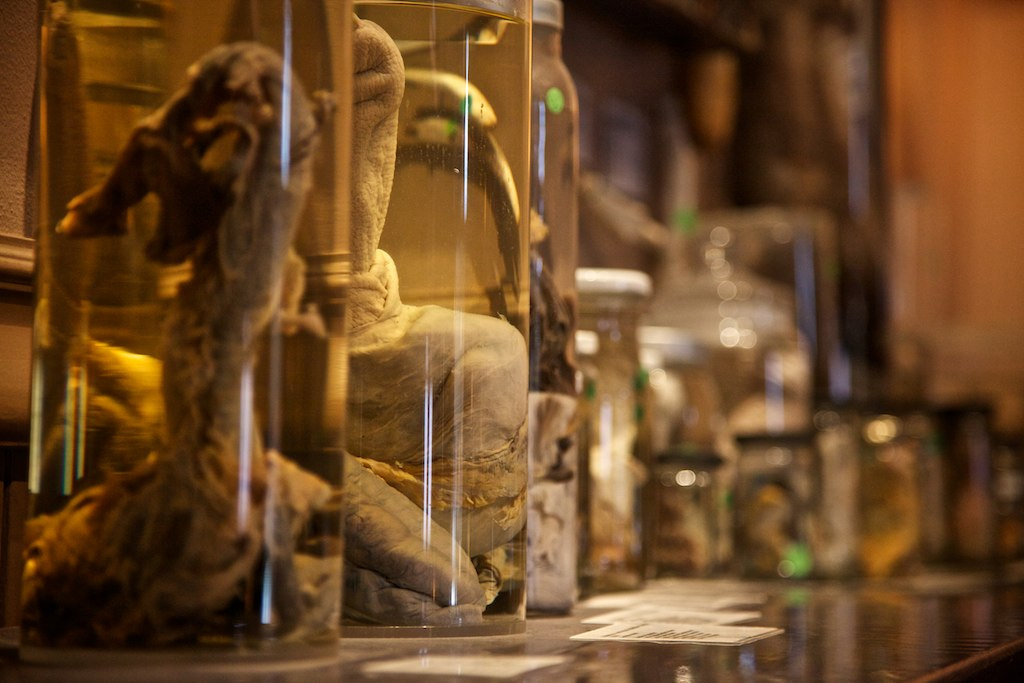From an institution devoted to herring to a collection dedicated to one woman’s habit of picking up rocks on her daily walks, Iceland’s eccentric museums are more than mere whimsy

On the surface, American writer A. Kendra Greene’s The Museum of Whales You Will Never See: And Other Excursions to Iceland’s Most Unusual Museums (Penguin, 2020) – a tour of the niche museums of Iceland, be they the Museum of Icelandic Sorcery and Witchcraft or the Herring Era Museum – is mere whimsy. Certainly her prose occasionally verges on the twee. In one chapter, on the Skógar Folk Museum in the south of the country, for example, Greene begins every other paragraph in a faux-saga style: ‘They say it’s 1950 when the old society ends…’, ‘They say she knows the place like the back of her hand…’
Yet among the chapter-long studies of offbeat institutions such as the penis museum (‘Capra hircus, the goat specimens, are notably hairy. They look like animals unto themselves, like little opossums curled up and sleeping’), a museum of sea monster tales (‘one in three people in Arnarfjörður can tell a story and aren’t ashamed to do so’) or Petra’s Stone Collection, a house museum dedicated to one woman’s half-century habit of picking up a rock on her daily walk (‘we kneel here at this museum of her commitment’), Greene raises timely questions pertaining to the purpose of museums (last year the International Council of Museums sought to redefine such institutions as being concerned with wellbeing and social justice as opposed to preservation). ‘When does a collection become a museum?’ she asks. ‘Collectors collect. We need them to do that. But it’s something else that makes museums.’
Within each chapter Greene traces how these private obsessions came to be introduced to a wider public, and within that she rightly surmises that museums can only become museums when they express ‘collective determinations’. There is no state directive to these institutions, they are mostly family-run affairs (of a bird museum set up by a man called Sigurgeir, Greene writes ‘One suspects the next generation, Sigurgeir’s nieces and nephews, will take over when the time comes’) with little corporate spin or curatorial agenda. Organic in their composition, flexible to change, they possess instead ‘a kind of special sight for what is significant and meaningful and should be held on to’. For curators in bigger, grander institutions, those beyond Iceland, it seems there’s much to learn from these enthusiastic endeavours.
A. Kendra Greene, The Museum of Whales You Will Never See: And Other Excursions to Iceland’s Most Unusual Museums, is published by Penguin Books